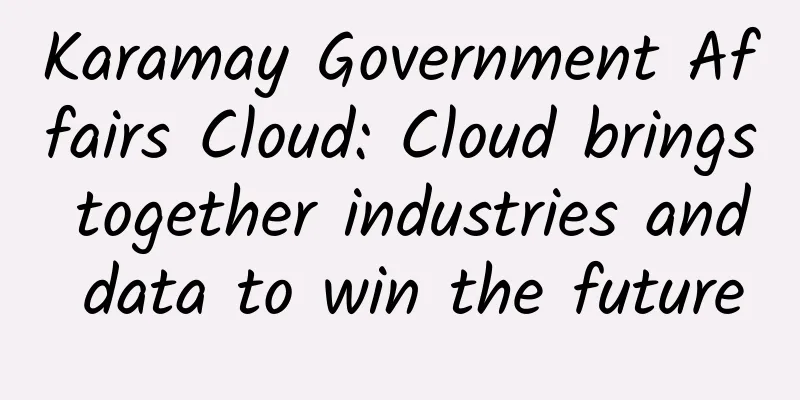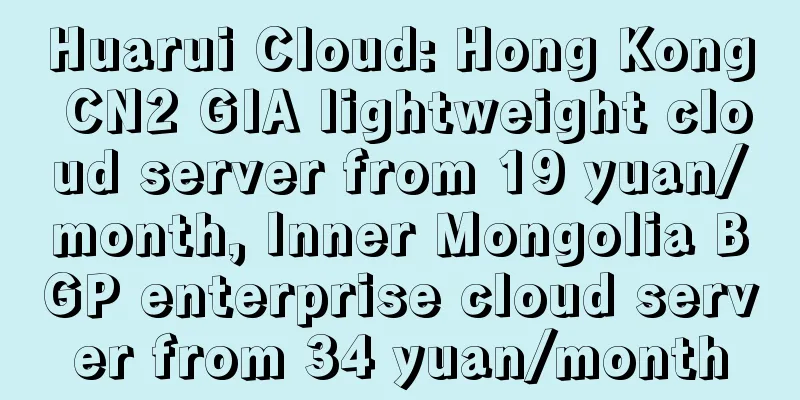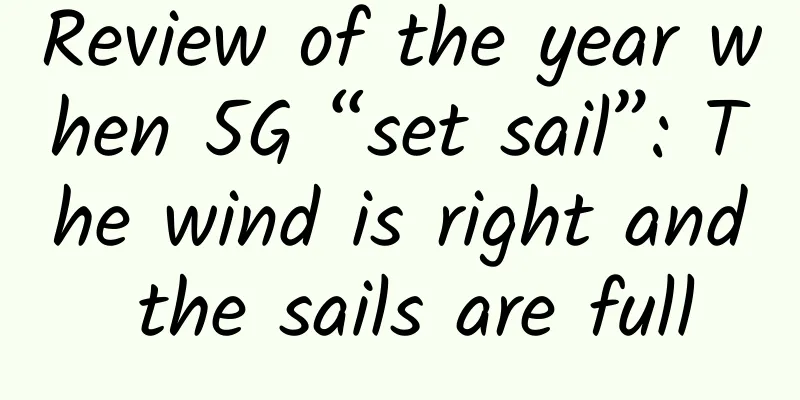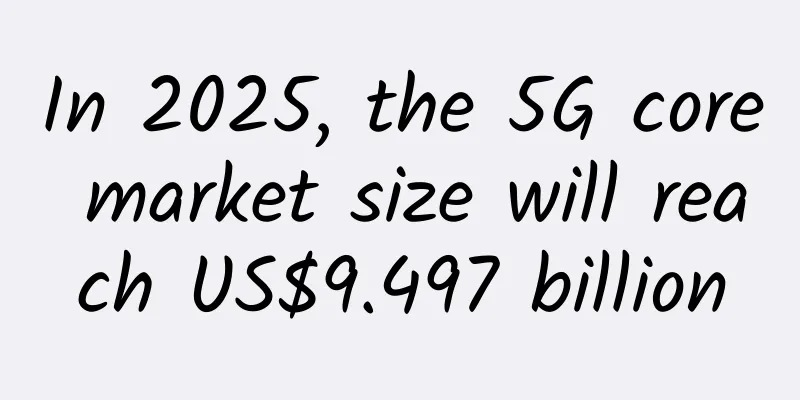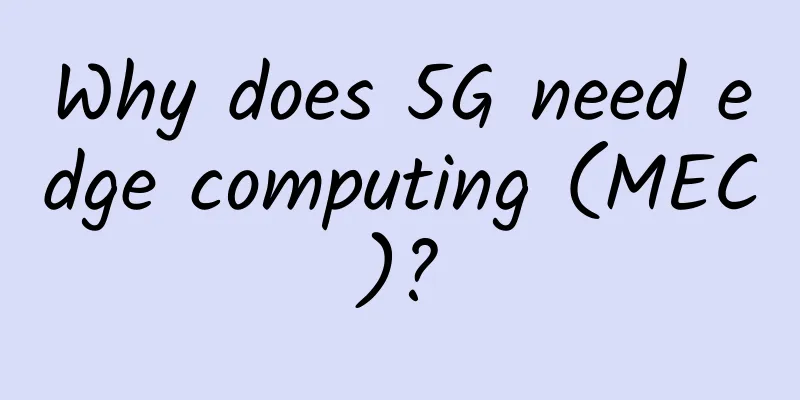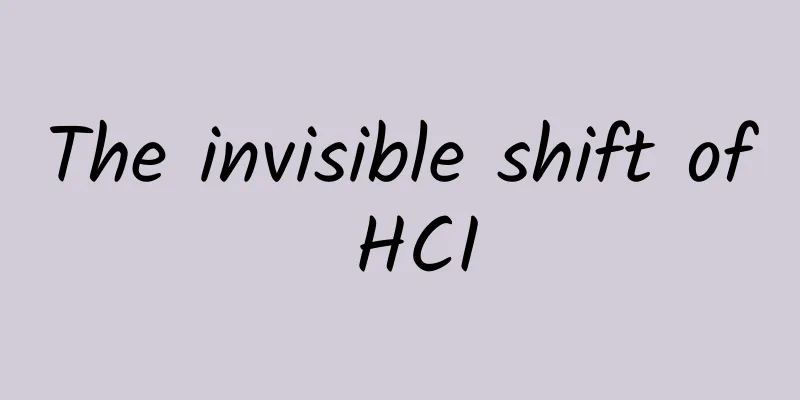It took two years for 5G messaging to be officially commercialized. Is that it?
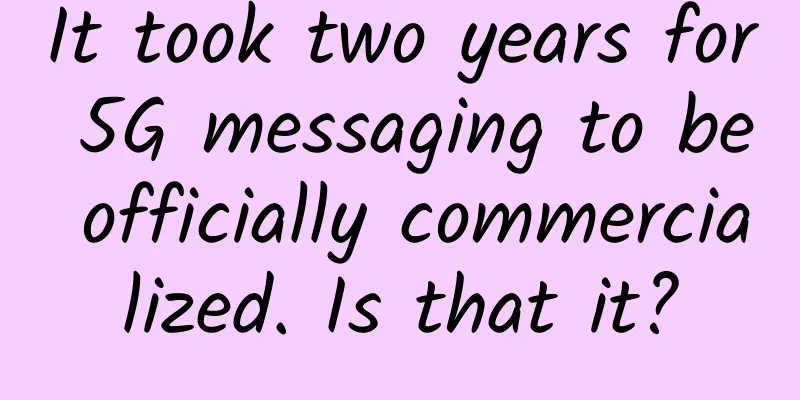
|
With the development of science and technology, the distance between people has been shortened a lot. Relatives who may have only seen each other once a year in the past have gradually become more convenient due to technological progress. From phone calls and text messages to WeChat voice and video, I think this is the warmth and progress of technology. Here we have to mention the 5G message that has been very exciting for some time. This functional service that took nearly two years to develop has finally been officially put into commercial use. It is reported that after the three major operators jointly released the 5G message white paper in April 2020, China Telecom recently officially announced the official launch of 5G messaging commercial services. This heavyweight business, which claims to defeat WeChat, has finally unveiled its mystery. Let us take a look. Here we would like to give some basic information to those friends who don’t know what 5G messages are. It is different from the existing instant messaging software. 5G messages exist as a non-terminal 5G application. 5G messages can make your mobile phone number the user ID of 5G messages. You can send rich messages including text, pictures, audio and video, geographic location, etc. without adding friends, registering, or installing apps. In fact, according to my personal understanding, it is actually the current SMS Plus version, or it can be said to be another form of MMS service. In fact, it is not a big deal, after all, many elderly people still don’t know how to use instant messaging software. If this is rolled out, it will still have a certain effect. However, the editor has to say but again. Before most netizens have actually experienced 5G messages, news about 5G message billing has flooded the market. At present, at least two of the three major operators have announced that 5G messages are free to receive for individual users, but charged for sending. Among them, China Telecom clearly stated that sending is consistent with the current SMS rate (that is, 0.1 yuan per message), while for enterprises, different charges will be made according to different message types. This has also led to many netizens complaining, what is the difference between this thing and SMS? It is not certain that anyone would use it even if it is free and has no data flow, and now it is charged. I might as well choose WeChat. At least WeChat only relies on data flow, while 5G messages are charged by the message. My goodness, once there is a sentence-breaking maniac, the phone can be shut down while chatting with people... Finally, do you think this 5G message is useful? |
<<: Just look at these three pictures and you can understand the OTN layered structure
Recommend
ERP, CRM, SRM, PLM, HRM, OA...what do they all mean?
When working in a company, you often hear some st...
In 2022, can 5G messaging break through the bottleneck?
Today, the operators' SMS services are alread...
Now is the time to use 5G indoors
Operators have made huge investments in 5G RAN, w...
There is no problem in reaching 56% 5G penetration rate in the 14th Five-Year Plan
Zhang Yunyong, member of the National Committee o...
DiyVM: Japan/USA/Hong Kong CN2 VPS starting from 50 yuan per month, dual core/2G memory/50G SSD/5~200M bandwidth
Regular sharing, how about DiyVM? DiyVM is a Chin...
What does a 5G base station look like? What is the difference between it and 4G?
This is what ordinary people think of 4G and 5G b...
Riverbed Launches Industry's Most Comprehensive Digital Experience Management Solution
Recently, Riverbed Technology announced the launc...
New report identifies progress and benefits across the 5G network lifecycle
Infovista welcomes TM Forum’s new industry survey...
A heated debate among various parties: How far are we from a 5G hit?
[Original article from 51CTO.com] Remember that t...
Thousands of face photos can be bought for 2 yuan! CCTV reveals the black market of AI! The truth is far more than this
On October 27, CCTV News reported last night that...
F5G, not so mysterious
[[342086]] This article is reprinted from the WeC...
Node.js knowledge - How to set cookie information in HTTP request and response
[[398674]] HTTP Cookie[1] is a small piece of dat...
Wi-Fi 7 Revealed: The Future of Wireless Connectivity Is Here
In the digital age, the pursuit of faster, more r...
DIY is not the best way to implement SD-WAN
Wide Area Networks (WANs) are not designed for th...
Next-generation network management is difficult without AIOps
AI for operations, or AIOps platforms, is the in...
